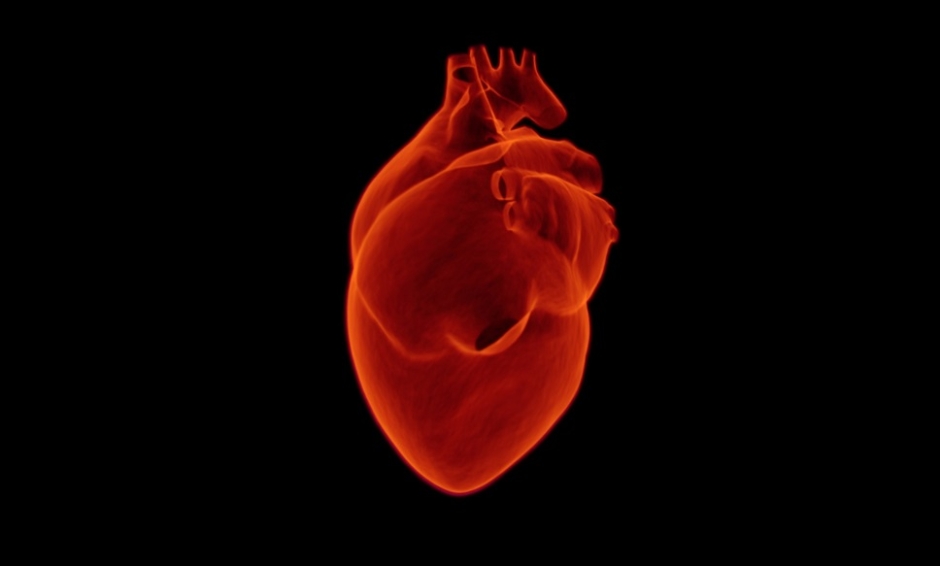Vienna, September 6, 2016 – Cardiac scintigraphy plays an important role in the evaluation of patients with a suspicion or known coronary artery disease (angina pectoris, myocardial infarction), but submitted patients to higher levels of radiations in comparison to other imaging techniques. New detection systems (CZT cameras) have become available that offer to reduce dramatically the level of radiations associated to cardiac scintigraphy. “Using these new systems, we can provide cardiologists with critical information on the status of the vessels supplying blood within the heart and expose patients to only minimal levels of radiations ,” says Dr. Fabien Hyafil, expert of the European Association of Nuclear Medicine (EANM).
Cardiovascular diseases (CVD) remain the first cause of death in Europe with five million casualties every year. When the arteries supplying blood to the heart muscle (coronary arteries) are narrowed or occluded, blood flow is impaired in the downstream cardiac regions of the heart causing angina pectoris or myocardial infarction. Cardiac scintigraphy is an imaging technique that allows for the assessment of the blood flow within the heart muscle during exercise and at rest. This procedure requires the injection of a small amount of a radiopharmaceutical in a vein that is then taken up by the cardiac muscle proportional to local blood flow. Hence, cardiac scintigraphy allows for the localization of areas in the heart with an insufficient blood supply. This information helps to identify patients at higher risk of presenting a myocardial infarction and who benefit the most from interventional procedures that restore normal blood flow to the heart (percutaneous coronary angioplasty or coronary by-pass interventions). Cardiac scintigraphy is a robust and accurate imaging technique for the evaluation of patients with coronary artery disease but exposes patients to higher level of radiations than other imaging techniques.
Decreasing radiation exposure of patients from medical imaging
Medical imaging techniques such as computed tomography (CT) or scintigraphy are based on the detection of X-rays passing through the body or gamma-rays emitted by radiopharmaceuticals accumulating in organs. These imaging techniques enable precise characterization of the heart anatomy and function but expose patients to radiations. Repeated exposure to radiations may damage living tissue by changing cell structure and altering DNA. The level of radiations associated with medical imaging is low and no significant increase in the risk of cancer in relation to medical imaging has been identified so far. Nevertheless, there is a raising concern that the levels of radiations received by patients throughout lifetime is growing, in particular as a consequence of repeated medical imaging procedures. In this context, efforts have been directed towards reducing the level of radiations associated with medical imaging.
Lower radiopharmaceutical doses – preserved high diagnostic performances
New detection systems called “CZT cameras” have recently become available for cardiac scintigraphy and are installed in an increasing number of nuclear medicine departments across Europe. In the detectors used for these cameras, the conventional cumbersome sodium-iodide crystals used for the detection of gamma rays have been replaced by cadmium-zinc-telluride (CZT) semi-conductor crystals, that are much thinner and more flexible. New cameras dedicated to cardiac imaging have been designed taking advantage of the favorable properties of CZT-based detectors that offer a larger surface for signal detection and focused on the heart region. The efficacy of these CZT cameras for signal detection is improved by 4- to 7-fold in comparison to conventional systems and, hence, enables to decrease significantly the dose of radiopharmaceutical injected to patients for cardiac scintigraphy and their exposure to radiations. A French team1 recently demonstrated that patient exposure to radiations in relation to cardiac scintigraphy can be divided by 3 using CZT cameras. “CZT cameras represent an important breakthrough for the reduction of radiation exposure induced by medical imaging. Using these new systems, patients are now exposed to only very low levels of radiations for cardiac scintigraphy with a preserved high diagnostic yield of the test,” says Dr. Fabien Hyafil.
www.eanm.org/pub_press/pressservice/docs/EANM_Myocard_imaging_final_en.pdf
www.facebook.com/officialEANM
www.whatisnuclearmedicine.com
References
- M. Perrin et al., Stress-first protocol for myocardial perfusion SPECT imaging with semiconductor cameras: high diagnostic performances with significant reduction in patient radiation doses, Eur J Nucl Med Mol Imaging (2015) 42:1004–1011
Media Contact
Impressum health & science communication
Frank von Spee
E-Mail: [email protected]
Tel: +49 (0)40 – 31 78 64 10
Impressum health & science communication
Registered Office: Hamburg
Register Court: Local Court (Amtsgericht) Hamburg
Register Number: HRA 92757
Tax Number: 22/230/20405
Managing Partners
Henry Friedrich Meyer
Frank von Spee








